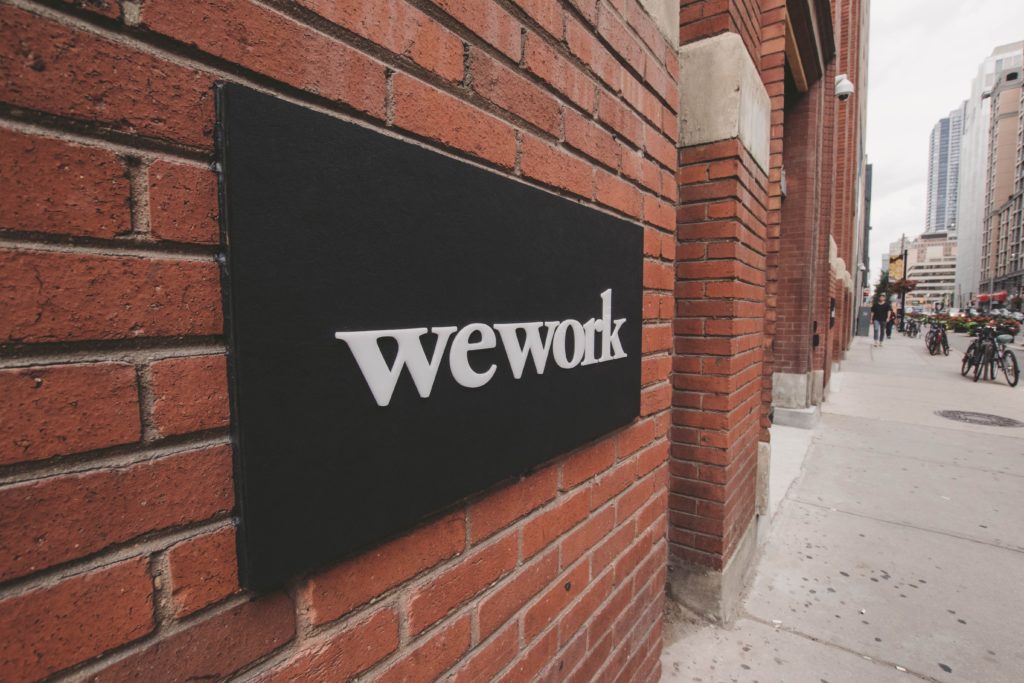When I woke up this morning, I knew I had to complete school work. My options were staying at home or going somewhere else. At home, it would be completely quiet and I would have space to spread out my work. If I went somewhere else, who knows what the situation would be like. I knew I needed to be productive and use my time wisely. According to Peopleware: Productive Projects and Teams, I should work in an environment that is quiet, has amble space and little distractions. I decided to go to a Starbucks twenty minutes away and sit at a tiny table, with grinding coffee and chatter constantly in the background.
According to PeopleWare, the idea of an open concept office was the downfall to productivity. Companies were willing to lose of effectiveness to save money. When companies started changing their office layouts, they hoped by opening the space up it would create a creative environment and encourage employees to have better relationships. However, this change had the adverse effect. Employees now had less space to work in a noisier, more distracting environment . The authors Tom DeMarco and Tim Lister both foresaw this happening. Why are office buildings still being designed this way in 2019? WeWork is the perfect example of why we need to change the office standards.

On paper, WeWork was going to fail. However, WeWork’s mission statement, “Create a world where people work to make a life, not a living,” resonated with the next generation of workers. The idea, companies or individuals can pay monthly fees to have a space to work, is exactly what DeMarco and Lister warned against. WeWork facilities have dreamy amenities such as, coffee stations, pool tables, high speed WiFi and more. The interior design of these buildings are chic and modern. You could easily confuse this workspace with a hangout lounge. They offer private office rooms and suites, which start at $1500 a month. If you’re solo and just looking for a “Hot Spot” or Dedicated Desk, they start at $370 and can go as high as $800 a month depending on the city. If this seems like the ideal workplace for you, don’t sign just yet. Not only does each resident of WeWork only get 50 square feet (the normal office is around 198 square feet), the company also lost over 1.7 billion dollars last year, fired their CEO and co-founder, Adam Neumann, and plan to let go of 1/3 of their employees.
What caused this downfall?
On the surface, WeWork looked perfect. It was shiny and fun, but that’s not what gets work done. DeMarco and Lister stated exactly this in 1987. Not to mention, Neumann made promises he couldn’t keep or pay for. I will list below some major blunders by the former CEO:
- No Risk Management
- The WeWork business model is high risk. The company rents large infrastructures for long periods of time at a lower rate. This can be smart in times of economic growth, but not if a recession occurs.
- High Risk, No Reward
- WeWork’s cash flow decreased from -1.2 billion to -2.2 billion in 2018. It’s also important to note WeWork went from being worth 46 billion to 10 billion.
- Only Neumann
- WeWork’s Dual-Class Share model gave Adam total control over the company. Not only did he collect rent from his own company; he hired family members, took out loans from the WeWork Company at very low interest and charged the WeWork company from his personal LLC for the “We” trademark during a rebrand.
These blunders are notable and contribute to the downfall of the company. We Company prioritized the aesthetic and amenities of the buildings rather than the utilization of the space. Adam put his personal needs before the needs of the company as a whole. The company did not create an exit plan or determine the risks if this project would crumble. By failing to build the fundamental blocks of a project, WeWork will likely crumble and continue to lose money.
Final Thoughts
Personally, I think everyone works differently. When I need to work on coding projects, I found coffee shops to be the best space for me. I like background noise and a big table to spread my papers out. However, when working on mathematics or projects that need high focus, I like the back corners of a library. Usually there aren’t people around and it’s quiet. I think spaces that are open can be beneficial to the workers, but only if that’s their kind of work environment. If the company’s employees like quiet, private spaces, these should be available to them.
- https://www.nytimes.com/2019/09/25/opinion/wework-adam-neumann.html
- https://www.wework.com/
- https://www.theatlantic.com/technology/archive/2019/09/why-wework-was-destined-fail/598891/
- https://www.wsj.com/articles/this-is-not-the-way-everybody-behaves-how-adam-neumanns-over-the-top-style-built-wework-11568823827
- https://www.fastcompany.com/90410492/the-fall-of-weworks-adam-neumann
0 Comments